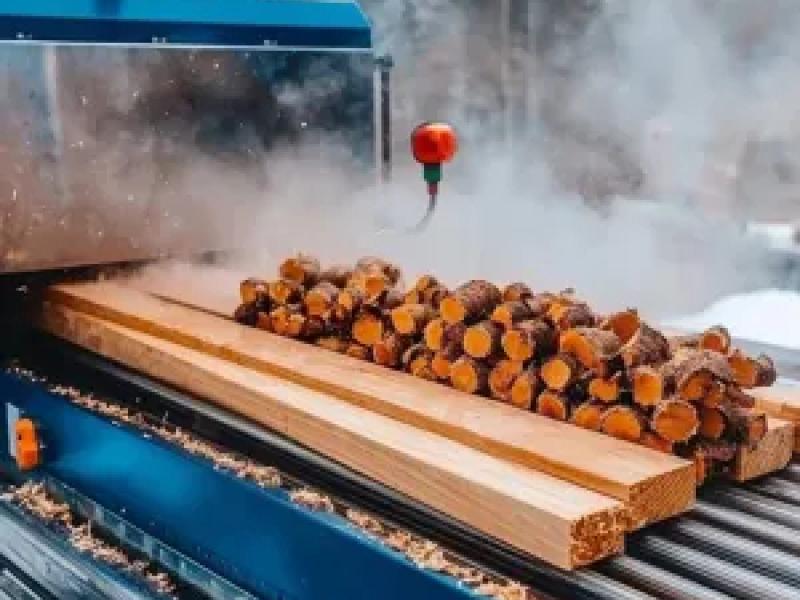CPNZ Ltd and its foundation clients have released the CPNZ (Contractor Prequalification New Zealand) pan industry contractor health and safety prequalification service. This fully outsourced, pan-industry service is aimed at improving the speed, efficiency and cost of health and safety prequalification whilst helping to improve the safety of all types of contractors. “CPNZ is a New Zealand first and builds on international best practice, but tailored to the local market needs,” says Tom Reeves, Director of CPNZ Ltd. “We see it as a win/win/win. It’s good for the client who can concentrate on the job in hand, it means contractors have to prequalify only once to meet the requirements of multiple clients rather than multiple times for individual clients, and it drives continuous improvement in safety – which ultimately is what everyone wants to see.
“Through our parent company Impac Services Ltd we got involved in looking deeply into how a number of fatal accidents had occurred and quickly identified weaknesses in the whole procurement process. As a result of working with some of our clients to address these issues, we recognised that whilst improvements needed to be made at an individual company level, the biggest efficiency and cost saving could come from having one common prequalification process that is accepted by multiple clients. This means only contractors who can demonstrate robust health and safety practices and/or a commitment to continuously improve their processes are likely to be engaged by clients. And if the assessment is outsourced to a specialist company then you get greater professionalism and consistency and the client no longer has to devote their scarce resources to developing and managing the process in-house.
“Many businesses now acknowledge that contractors are one of their biggest risks,” says Tom Reeves. “It used to be thought that if you engage a contractor to do a difficult or dangerous job then they took on the safety responsibilities and you could sit back and relax. The truth is far from this and increasingly the Department of Labour have been focussing on the client/principal’s role in selecting the right contractor, agreeing the work method and monitoring their performance. Unfortunately for some this simply involved shuffling bundles of ACC certificates, safety policies and accident data backwards and forwards with little obvious value add. Clients thought they had met their obligations and contractors thought this is all that was required.”
In simple terms, CPNZ offers a service to firms (clients) who engage contractors. Instead of each client undertaking their own form of prequalification, as required by the Department of Labour guidelines, CPNZ enables all clients using the service to access up-to-date and reliable information on the safety capability of their prospective contractors. From the contractor’s perspective they only complete the CPNZ prequalification process once every two years and the information is then shared with a wide range of clients (which clients have access to this information is determined by the contractor). For contractors working for multiple clients the savings in time and trouble can be significant. More importantly, feedback from the assessment will identify specific areas where there are opportunities for improvement in health and safety management.
The Foundation Clients who have already committed to the CPNZ process, and who are guiding its development, include Air NZ, Auckland International Airport, Carter Holt Harvey, Fonterra, GEA, Goodman Fielder, Gough Group, Meridian, Mainzeal and Ebert’s. Another 30 large corporates and government departments have already expressed strong interest in joining the scheme. They will require their contracted service providers to carry out a CPNZ prequalification to remain on their vendor lists. Initial communications from clients to the first 750 contractor organisations informing them of this requirement have recently been sent out. CPNZ is in the process of following up with registration information and instructions on completing the prequalification, as well as assessing completed prequalifications. “Feedback since we launched in November 2011 has been really positive. It’s not often you get a safety initiative that has such obvious benefits,” says Tom Reeves.






